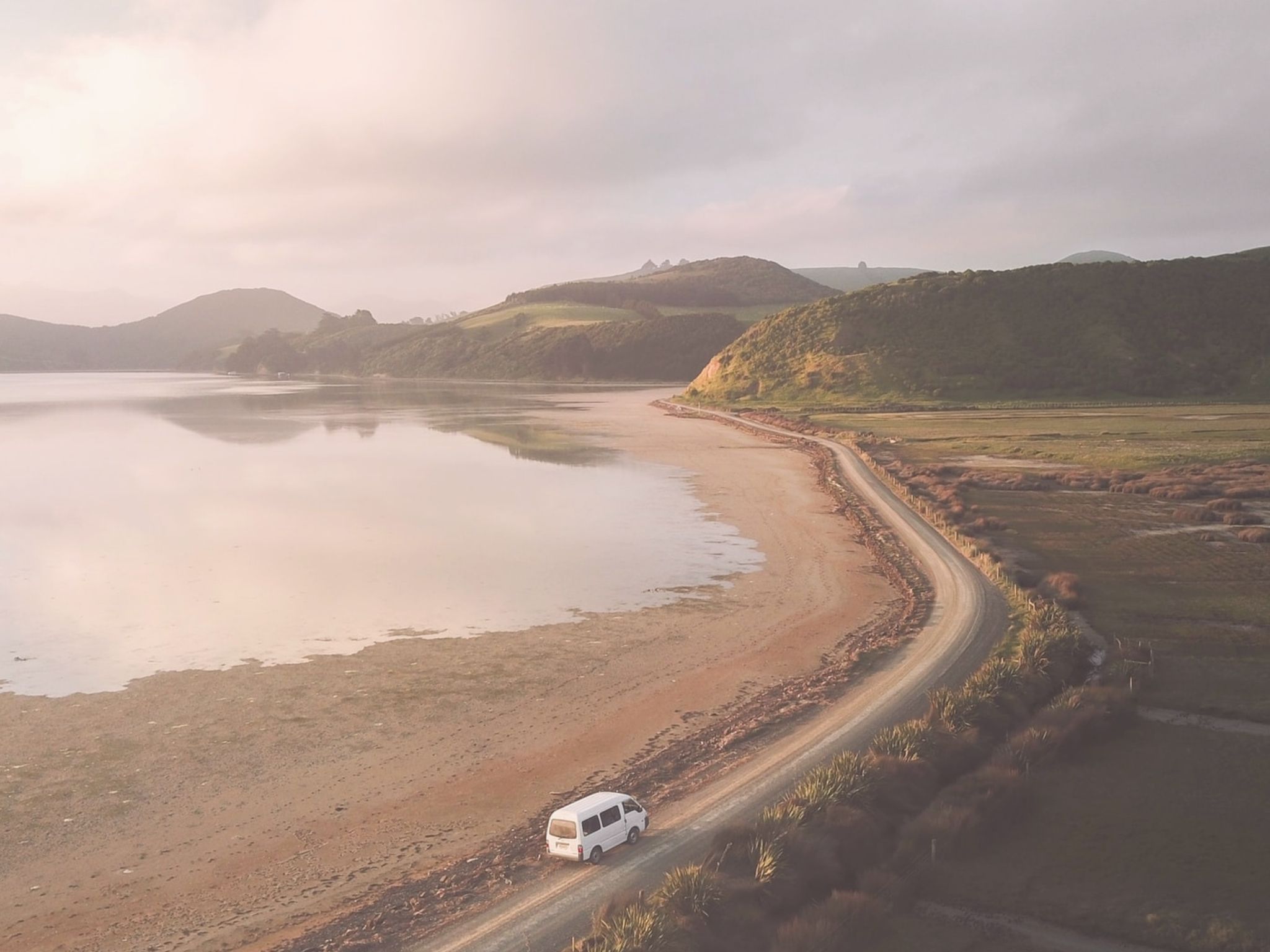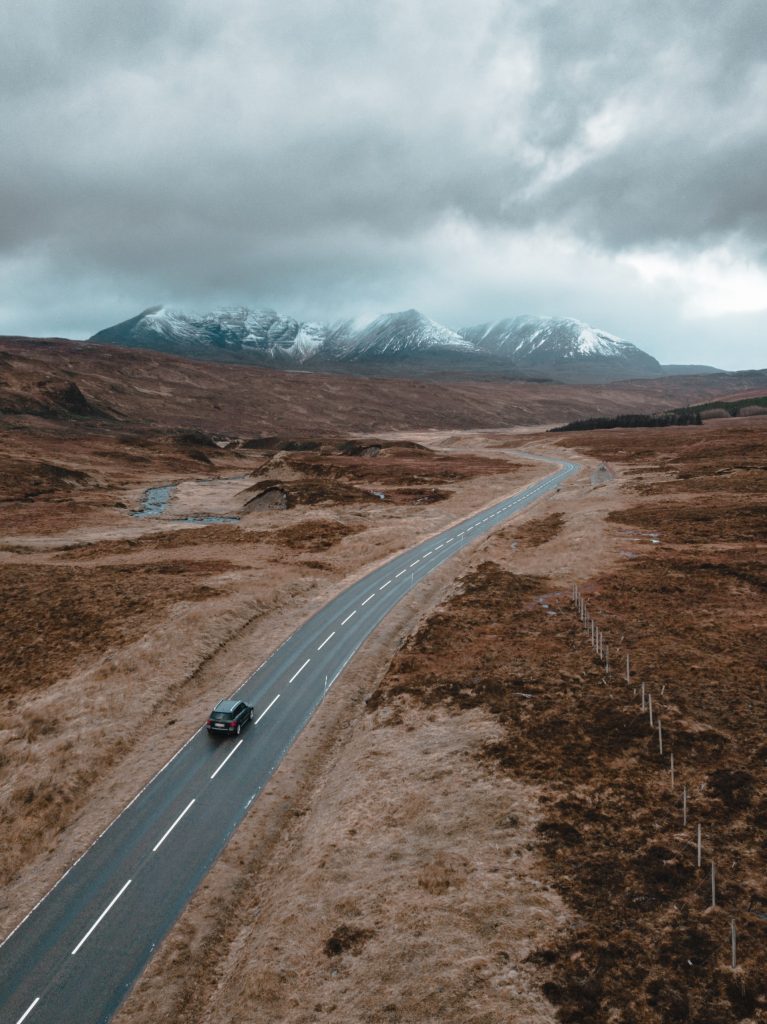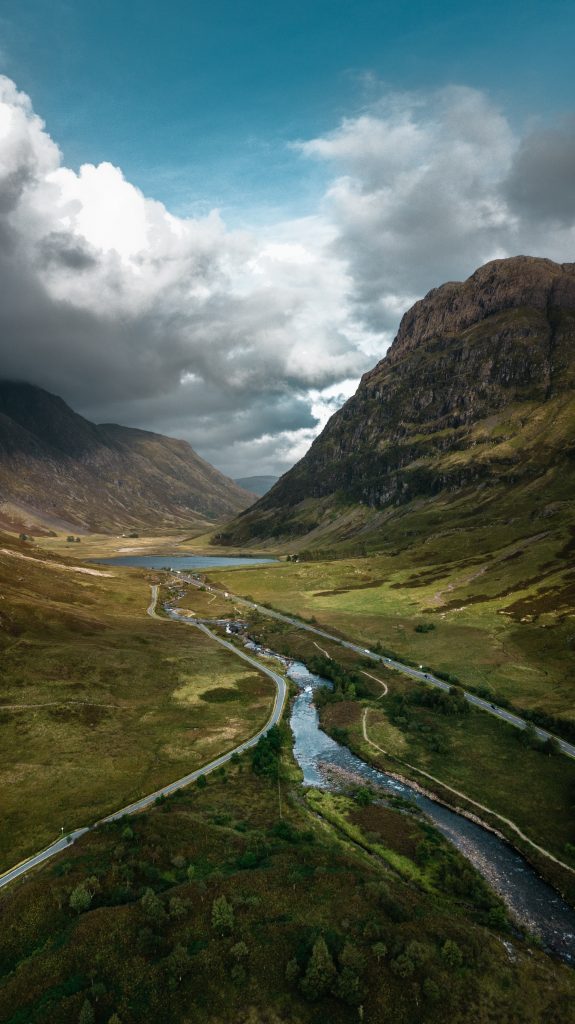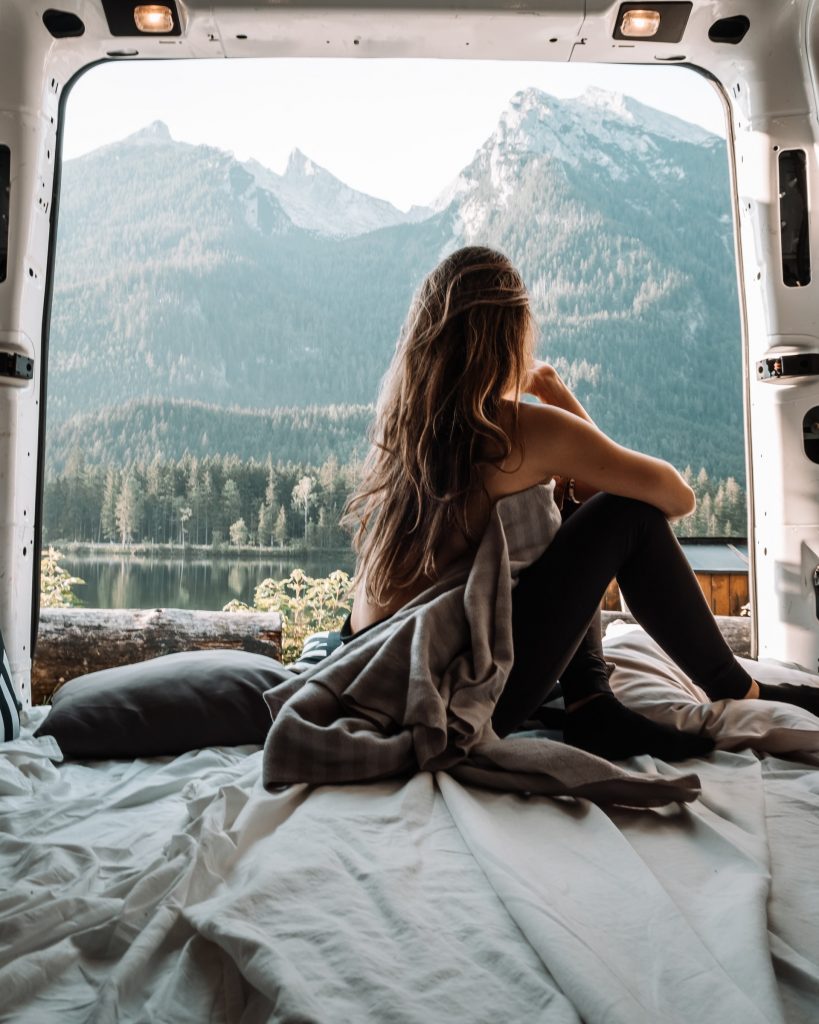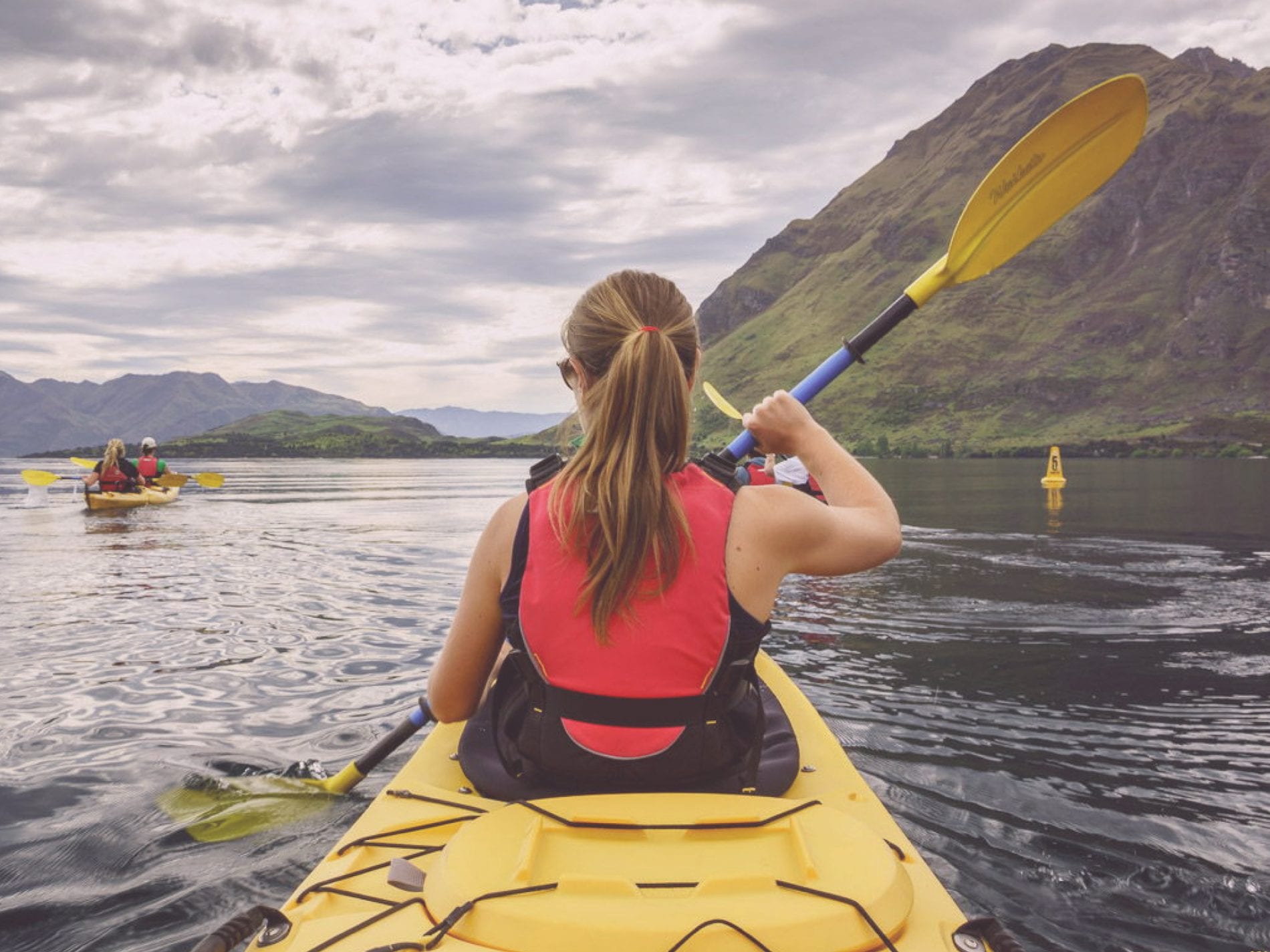Every road trip is memorable and most have a lot of highs and lows. Having spent eleven months travelling around Australia in our beloved vintage Winnebago, we are well versed in the art of road tripping and thought we would pass on some advice we picked up along the way.
When planning a road trip your first consideration should be the kind of vehicle you intend to travel in and whether you will rent or buy.
In our opinion any trip longer than 8 weeks can warrant the purchase of a vehicle. Rental charges, insurance and the mandatory mileage restrictions will convince you that it is worth the effort to buy but note this doesn’t come without its own drawbacks.
There are positives for buying both a campervan and a car/tent combo however consider the climate and locations you intend to visit and decide accordingly.
Whatever your budget be savvy about your purchase, do your research and familiarise yourself with market rates for the various models you are interested in. Consider a project purchase that you could renovate during your travels and sell for a profit. Your main consideration should always be:
What price can I sell this for at the end of my trip
Get your vehicle checked out before you agree to the sale, then make sure you are in good shape to cover the distance you intend to. Keep an eye on your gauges and under the bonnet for the duration of your trip. Don’t ignore early warning signs, pull over and diagnose the issue, or call roadside repair.
Whatever country you are in make sure you are aware of the legal requirements to own/buy/sell/drive a vehicle and abide by them. Check whether your driving license is recognised by the local authorities, if not you will need to apply for an International Driving Permit.
Consider purchasing roadside assistance and make sure you understand what vehicle insurance is mandatory by law.
READ // Buying a Campervan
Accommodation and camping options for road trippers
Once you have your vehicle you need to decide what form of accommodation you will need on a daily basis. Look at your route and consider what places you will want to visit along the way.
One of the great things about having a camper or tent is that you are free to stay out in the wilderness, however, make sure when you do free camp that you are not on private property or breaking any road user laws. There are often ‘NO CAMPING’ signs in more populated areas and you can be charged up to $1000 for ignoring the warnings.
Look for information detailing freedom and low-cost camping locations – your average campground can cost up to $60/night for a powered site in peak season. Be savvy and free camp whenever you can.
Invest in a sat nav or map book, we used a sat nav during our Aussie road trip but found the Camps book road maps to be very comprehensive.
Keep your road trip ride clean when you’re travelling through England – download the GoWash app and instantly pay for a car wash nearby.
Fuel and maintenance considerations
Shop around for your fuel and fill your jerry can when it’s cheap. Be aware that fuel costs will be higher in remote areas.
We found a fuel price comparison site called Motor Mouth that gives you the average cost of fuel in each city and state across Australia to be super helpful. Saving a few cents/litre can pay for your lunch, remember that when travelling saving a few cents here and there will accumulate to a valuable amount. Check the App Store for fuel-saving apps in the countries you will be visiting.
If you are planning to travel to more remote areas consider buying some spare parts and a small tool kit for your vehicle, once out of civilisation the cost of vehicle parts skyrockets and you could be left out of pocket and delayed waiting for parts to be sent.
Always carry plenty of fresh water and a supply of dried foods, if you do break down you can guarantee it will be somewhere remote. Be prepared.
VISIT // Motor Mouth
Finance and budget planning for road trips
Overestimate your fuel budget, remember it is likely you won’t drive straight from A to B, there are often detours and tourist drives that catch your attention along the route.
If time is no concern see if you can pick up the odd day of paid employment to supplement your daily budget. Note: you will need to check your visa for restrictions.
Be budget savvy, look for ways to save a few pennies each time you make a purchase. Don’t get into holiday mode or you’ll blow your budget in the first week.
Kit your vehicle out with items found in charity shops and garage sales, shop at local farmers markets and avoid the temptation of expensive fast-food drive-throughs.
READ // Wanderlust Guide: Selling a Vehicle
Timescales and route calculations
When planning your route you should consider:
// Climate and seasonal weather.
// Road surfaces and conditions, much of Australia is unpaved and unsuitable for some vehicles. Check current conditions online.
// The price of accommodation will be higher during peak seasons and school holidays.
// Where best to sell your vehicle and the time of year at which you will be selling it.
// Don’t over estimate the distance you can cover each day. You will want to experience the places you visit not drive through at high speed because you are on a tight schedule.
READ // Wanderlust Guide: Aussie Road Trips
What is your most memorable road-tripping moment? Share your stories with us below.

